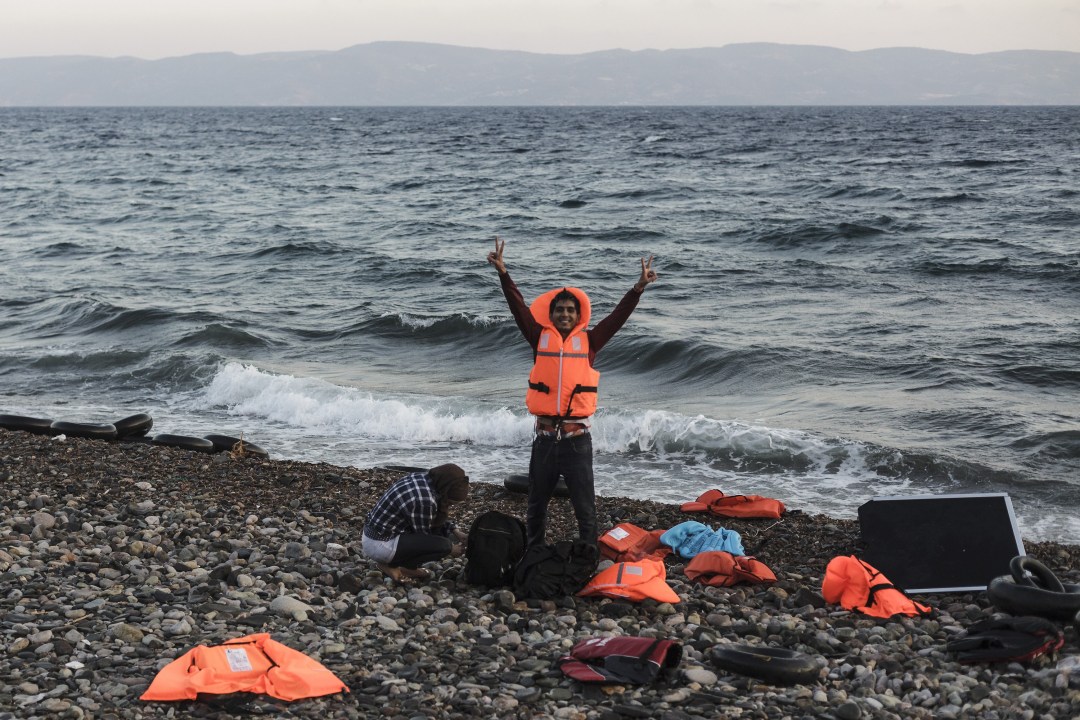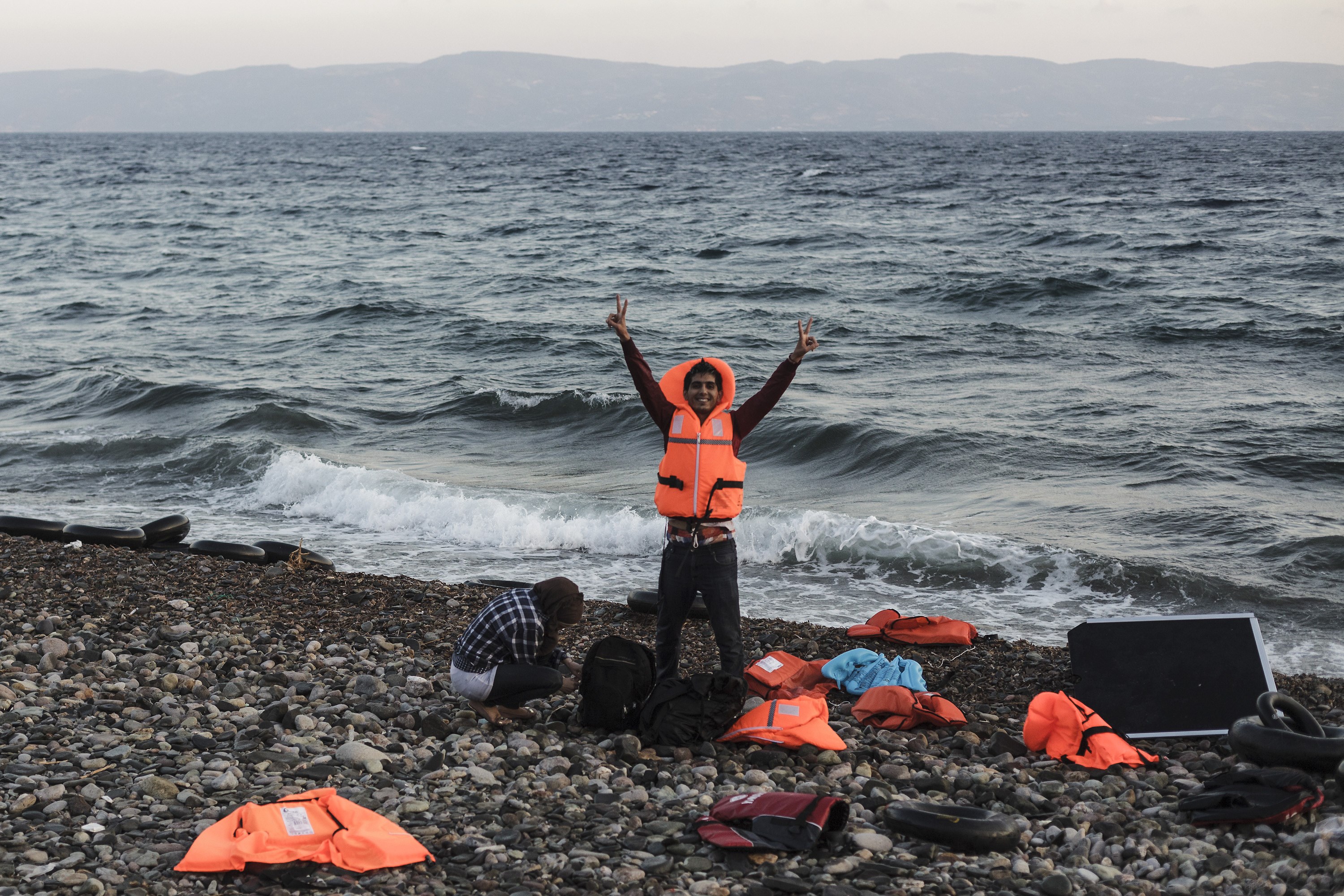The migration crisis is about more than Syria. A few weeks ago, Theresa May repeated one of the biggest mistakes in politics: thinking that third-world development will somehow mean fewer migrants. In a Daily Telegraph article, she argued that:-
‘We must help African countries to develop economic and social opportunities so that people want to stay.’
Give aid, not shelter, runs the argument – and she’s not the first to make it. ‘As the benefits of economic growth are spread in Mexico,’ Bill Clinton once assured Americans, ‘there will be less illegal immigration because more Mexicans will be able to support their children by staying home.’ When José Manuel Barroso led the European Commission, he made the same argument, saying that third world development would tackle the ‘root causes’ of migration. In fact, the reverse is true, as I argue in my Daily Telegraph column today.
Clinton had an excuse: he was speaking a generation ago, before scholars had assembled the massive database of census data which today allows us to compare a thousand censuses from hundreds of countries. Some results, from World Bank data, are below. When a poor country starts to become richer, its emigration rate soars – until it’s a middle-income country, like Albania. Only then does extra wealth mean less migration.
And for emigration flows, the same relationship holds:-

Michael Clemens, the superb American development economist who published the graph, explains it thus:-
‘In all years, there is no hint of a negative relationship between income and emigrant stock between PPP income per capita of roughly $600 (that of today’s Niger or Ethiopia) and about $7,500 (today’s Albania or Colombia). In this range of income, in fact, the relationship is positive. The rise in emigrant stocks associated with higher income levels in this range is statistically significant at the 5% level. The magnitude of the positive relationship is substantial. Early in the second half of the 20th century, richer countries in this range on average had emigrant stocks about three percentage points larger than the poorest countries. By the end of the century, this difference grew to nine percentage points, and seems to have continued growing since then.’
It doesn’t take too much imagination to work out why. Let’s consider our own recent history. In 1948, the UK government passed the British Nationality Act allowing all 600 million of Commonwealth subjects to live and work in Britain. Here’s Andrew Marr, in his superb History of Modern Britain:-
“It was generally assumed that the Black and Asian subjects of the King would have no means or desire to travel to live in uncomfortable, crowded Britain. Until the fifties, so few black of Asian people had settle in Britain that they were often treated as local celebrities. Officially, it was not even considered worth while trying to count their number.”
Indeed, hardly anyone took up this offer; even during the partition of India, which claimed a million souls and displaced ten times as many, there was no clamour to seek refuge here. The Indians and Pakistanis were far, far poorer than they are today – but that’s the point. They were so poor that not many could afford to come to Britain, not many had means of finding out that a better life was available. Why go to this cold, wind-battered island – which itself was losing people to the New World?
In 1951, the UK signed the UN Refugee Covention saying that we’d shelter anyone–anyone!—with a well-founded fear of persecution. Such offers were easy to make, then, because no one really had been showing up: the famous influxes were tiny by today’s standards: 50,000 Hugenots, for example. After the war we offered 200,000 Poles the right to live in Britain, rather than face the Soviets: about 162,000 did (pdf) – a fraction of today’s Polish population. Even in the early 1990s, immigrants were arriving at about 150 a day.
Now, it’s 1,500 a day. Globalisation has kicked in, global poverty has halved over 25 years. The poor world is becoming richer, so people are on the move. War acts as a catalyst; far more of those affected by violence have the means and inclination to flee. But globally, there is less war and less poverty than at any time in our history. The Great Migration should be understood as the flip side of the greatest triumph of our age: the collapse in global poverty.
Study after study shows this to be the case. When aid was given to poor rural Mexican villages in exchange for occupants attending school and health clinics, it led to them leaving rather than staying.
Theresa May is right in saying that when middle-income countries become richer, the migration rate falls. But even the politicians who make this caveat talk as if this process a short-term thing. In fact, it takes generations. I’ll leave the final word to Michael Clemens:-
‘At a healthy real per capita growth rate of 2% per year, it would take 133 years for a country starting from $500 per capita (today’s Niger or Burundi) and 63 years for a country starting from $2,000 per capita (today’s Cambodia or Zambia). At a strong growth rate of 3% per year, these durations would be 89 years and 42 years, respectively. These are optimistic growth scenarios, given that during 1960–2000 the average country experienced real growth in per capita income of 1.8% per year. And most poor countries grew more slowly.’
In other words, the Great Migration will be with us for decades to come.









Comments